3.3 Build Filesystem
This section covers the buiding of filesystem with Buildroot.
3.3.1 Preparation before Building Buildroot
At the beginning of this document, we have setup the environment variables for Ubuntu, it is also effective for building Buildroot.
Note: For Ubuntu 64bit OS, 32bit runtime libraries should be installed as shown below.
$sudo apt-get install libc6-i386 lib32stdc++6 lib32z1
Copy the Buildroot source package customized by myirtech from 04-Linux_Source/Filesystem/myir-buildroot.tar.gz of our release package to work directory and uncompress it. The content of myir-buildroot.tar.gz is shown below:
$ ls <WORKDIR>/Filesystem/myir-buildroot
arch CHANGES configs dl linux output support
board Config.in COPYING docs Makefile package system
boot Config.in.legacy DEVELOPERS fs Makefile.legacy README toolchain
For more details about the file structure of Buildroot, please refer to Buildroot manualhttps://buildroot.org/downloads/manual/manual.html.
The support files for MYD-C437x-PRU development board are located at <WORKDIR>/Filesystem/myir-buildroot/board/myir/myd_c437x_idk.
3.3.2 Build Buildroot
The configuration files for Buildroot are all located at myir-buildroot/configs/. We have provided two config files myd_c437x_idk_defconfig and myd_c437x_idk_qt5_defconfig.
Customers can build Buildroot just like building kernel as shown below:
$ make myd_c437x_idk_defconfig
$ make
During compiling Buildroot, an output directory named as output will be created, and all the output images are all stored to the sub directory images of output.
The following files are images for MYD-C437X-PRU development board generated by Buildroot.
$ls -al output/images
boot.vfat readme.txt rootfs.ext4 sdcard.img uEnv.txt
MLO rootfs.cpio rootfs.tar u-boot.img zImage
myd_c437x_idk.dtb rootfs.cpio.gz rootfs.tar.gz u-boot-spl.bin
myd_c437x_idk_lcd.dtb rootfs.cpio.uboot rootfs.ubi uEnv_mmc.txt
ramdisk.gz rootfs.ext2 rootfs.ubifs uEnv_ramdisk.txt
The bootloader, kernel and all kinds of filesystem images are generated all in one step, they will be introduced in the subsequent section.
3.3.3 Buildroot Configuration
Before compiling Buildroot, customers can change the configuration by its kernel-like menuconfig.
The main configuration for MYD-C437X-PRU development board are listed below.
- Configuration for Cross Compiler:
Buildroot can use internal cross compile toolchain generated by Buildroot itself, it can also use external cross compile toolchain. In this
document, we choose the internal cross compile toochain, it will be generated and stored to <WORKDIR>/Filesystem/myir-buildroot/output/host/usr/bin/ after compiling.
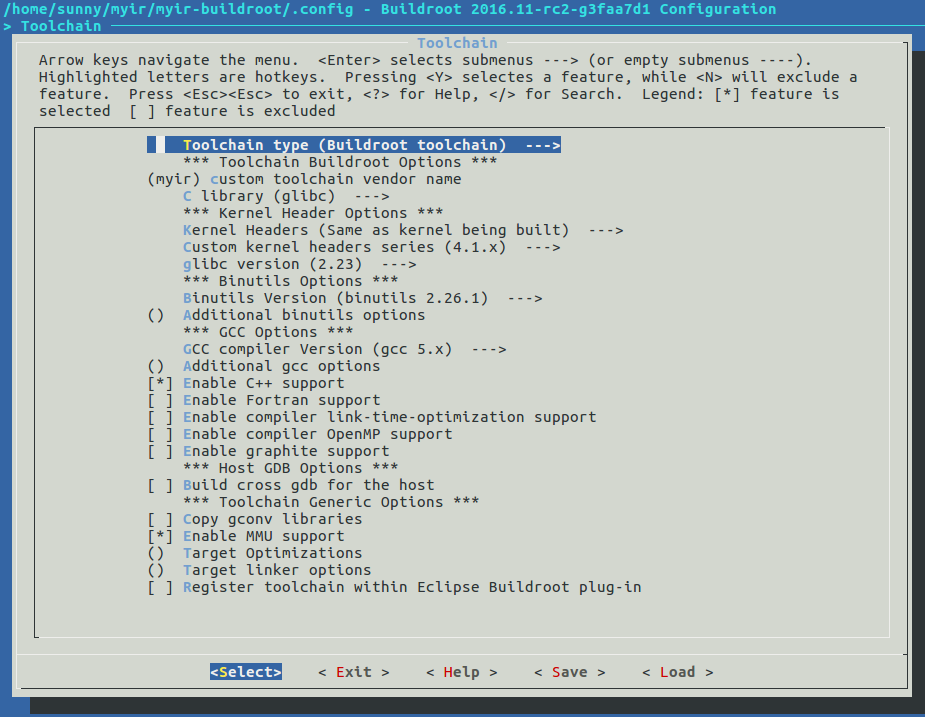
Figure 3-3-1 Configuration for Cross Compiler
- Configuration for System:
The configuration for system includes the name of the target system, the welcome message, the init subsystem(busybox/systemV/systemd) and device manage system,
customers can also set the password for root user by configuration. For MYD-C437X-PRU development board, the password for root is set to myirtech as default, it is shown below.
If customers do not need to set password, they no need to config the password.
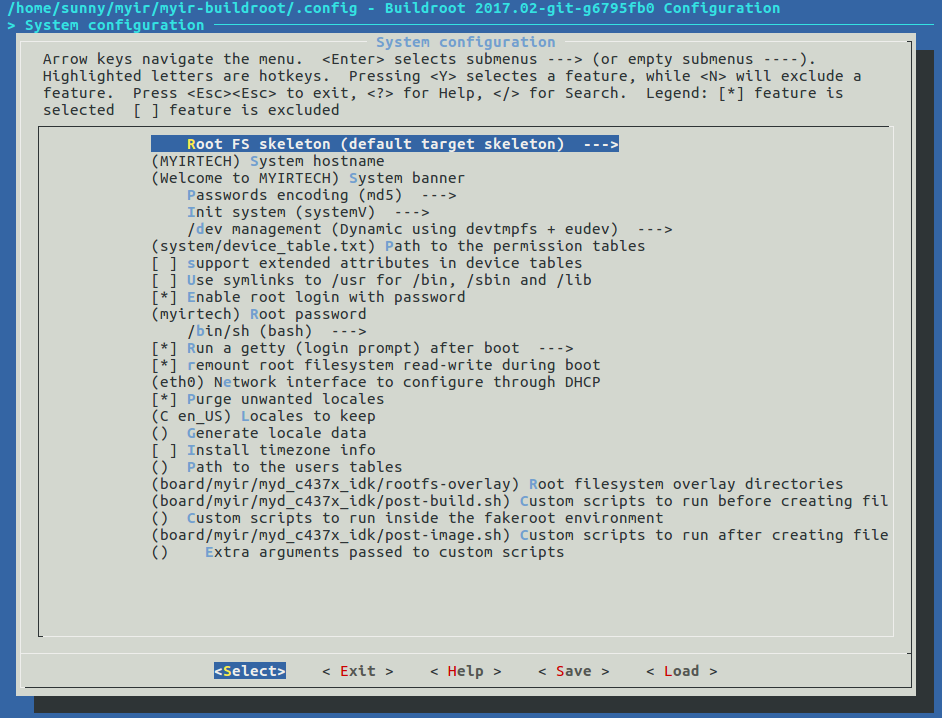
Figure 3-3-2 Configuration for System
- Configuration for Bootloader:
The configuration for Bootloader includes the URL of the source code of U-boot, the U-boot configuration file name, the output images of U-boot and so on. They are shown in Figure 3-3-3 below. We fetch the source code of U-boot with git here, customers can use other protocols or even local directory. For other protocols, please refer to the Buildroot manual.
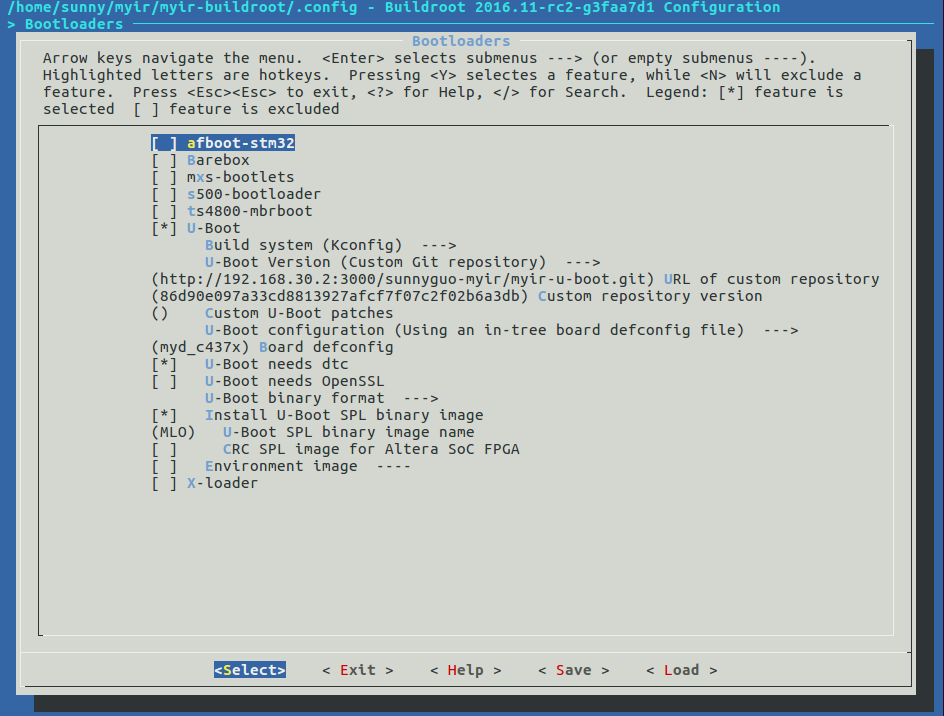
Figure 3-3-3 Configuration for Bootloader
Note: Please create a git repo for U-boot and replace the config
BR2_TARGET_UBOOT_CUSTOM_REPO_URL
- Configuration for Kernel:
The configuration for Kernel is similar with the configuration for Bootloader.
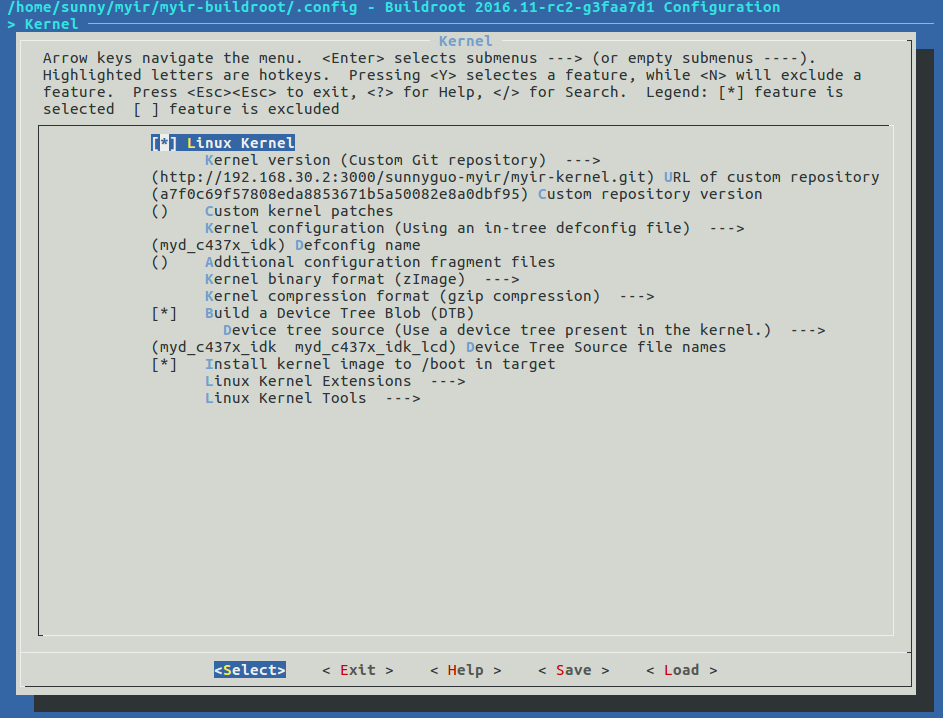
Figure 3-3-4 Configuration for Kernel
Note: Please create a git repo for Kernel and replace the config
BR2_LINUX_KERNEL_CUSTOM_REPO_URL
- Configuration for Filesystem:
The configuration for filesystem determines what filesystem images are generated in myir-buildroot/output/images/ directory after compiling, If we choose ramdisk in the configuration, we will
get a ramdisk filesystem image. EXT2/4, UBIFS, and rootfs tar package can also be create if they are choosed in configuration.
By the way, the rootfs.tar.gz can be uncompressed and used as the nfsroot directory, it can also be made to other formats of filesystem images by host mtd-utils.
For example, we can create a UBIFS filesystem image without building Buildroot again after doing some modification for rootfs. Firstly, we create a file ubinize.cfg as shown below:
[ubifs]
mode=ubi
vol_id=0
vol_type=dynamic
vol_name=rootfs
vol_alignment=1
vol_flags=autoresize
image=rootfs.ubifs
Then, make a UBIFS image with UBIFS tools by the following processes:
$ export PATH=$PATH:<WORKDIR>/Filesystem/myir-buildroot/output/host/usr/sbin
$ mkdir rootfs
$ tar zxvf rootfs.tar.gz -C ./rootfs
$ mkfs.ubifs -d rootfs -e 0x1f000 -c 2048 -m 0x800 -x lzo -F -o rootfs.ubifs
$ ubinize -o rootfs.ubi -m 0x800 -p 0x20000 -s 512 -m 2048 -O 2048 ubinize.cfg
Note: If
mkfs.ubifswas installed already on Ubuntu OS, please rename it to another name. Users can check the path of 'mkfs.ubifs' with commandwhich mkfs.ubifsto make sure the path is located at<WORKDIR>/Filesystem/myir-buildroot/output/host/usr/sbin/.
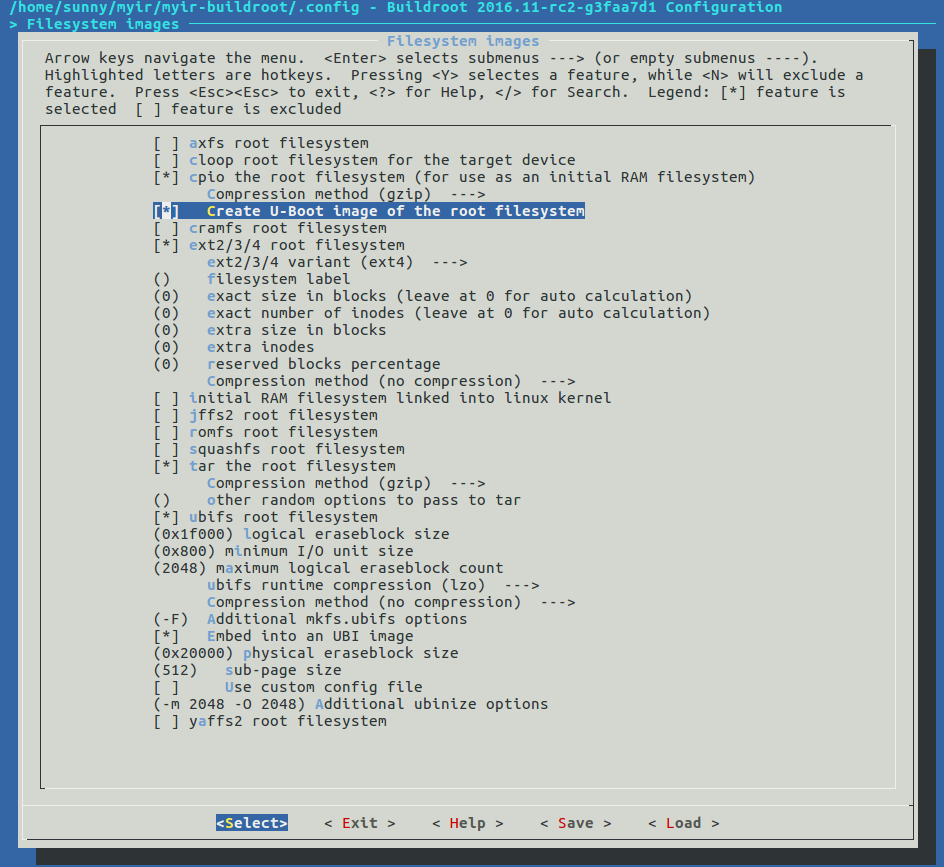
Figure 3-3-5 Configuration for Filesystem
- Configuration for Target Packages:
The configuration for target packages is easier, but it is changed more frequently. Customers can choose some hardware tools, such as I2C-tools, spi-tools, can-utils and so on, build them into the filesystem images for debugging. Some network utils, such as DHCP, TFTP, SSH and so on, can aslo be choosed and built into the filesystem images for production. Most commonly used tools are included in the target packages of Buildroot. Customers can also write new target packages and integrate them to Buildroot, please refer to https://buildroot.org/downloads/manual/manual.html#adding-packages for details.

Figure 3-3-6 Configuration for Target Packages
3.3.4 Filesystem Built by Arago
Customers can also run an demo filesystem image created with Arago on a MYD-C437X-PRU development board, it was created by TI, please refer to the WIKI page on TI's websit.
http://processors.wiki.ti.com/index.php/Processor_SDK_Building_The_SDK.